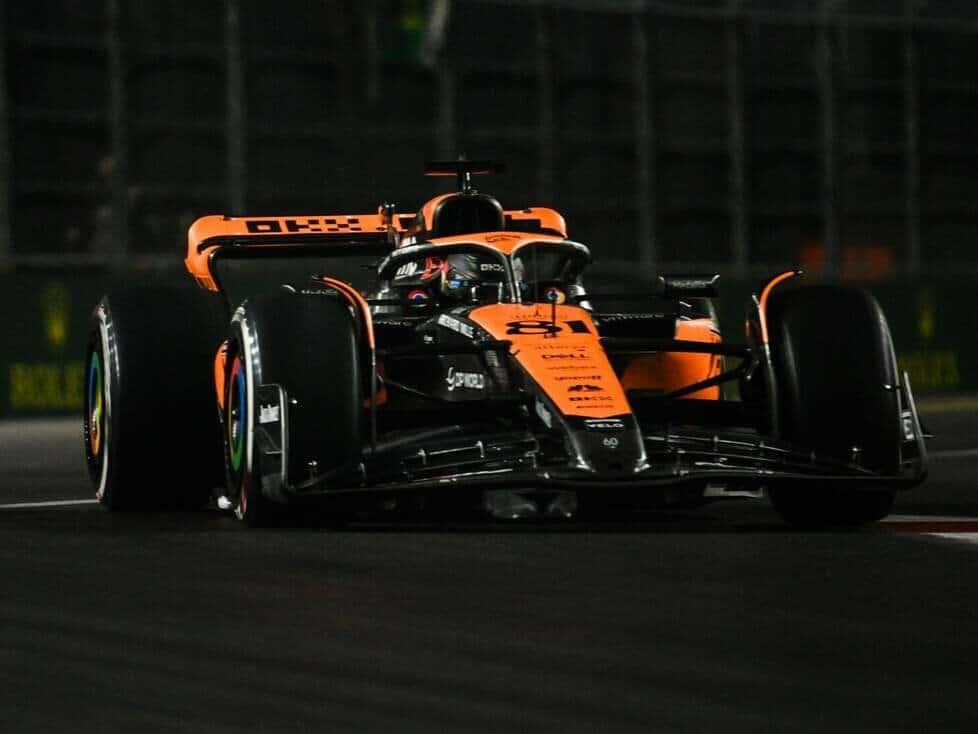McLaren has set itself a clear task: A low-downforce phenomenon of the MCL60 must disappear if they want to be competitive anywhere in 2024
McLaren has a new priority for 2024: fixing the phenomenon of its Formula 1 car’s aerodynamics deteriorating significantly at low downforce. Last weekend’s Las Vegas Grand Prix showed that the competition seems to be better sorted out in low downforce conditions.
And with more and more high-speed circuits on the calendar, McLaren cannot afford to ignore this area of development. Team Principal Andrea Stella has admitted that all the team’s data suggests that his team is losing out much more than the competition in low-downforce trim.
“We seem to lose competitiveness when we have to drive the car with this level of drag,” he says. “Our own observations show that the aerodynamics tend to sort of switch off.”
“I’m sure it’s the same for everyone, but it’s more about how pronounced this phenomenon is – and it looks like it’s a bit bigger on our car than on some of our competitors.”
Stella said that the trend of high-speed street circuits like Baku and Vegas meant that it was no longer an option for teams to ignore low-downforce performance: “We will continue development for medium and high downforce as before, but we are definitely stepping up our efforts in low downforce to be prepared for these tracks.”
“With Baku, Vegas, Monza and Spa, there are now a good number of [high-speed] races for which you need to have an optimized car. In the past it was just Spa and Monza. Now, with a few more races like that, it’s a priority. “
Linear downforce loss as a goal
Stella explains that the aerodynamics of the cars become very sensitive at low downforce because the flatter front wing affects the airflow around the front wheels, which is crucial to the car’s performance.
“If you go for a smaller rear wing, you also have a flatter front wing [for aerodynamic balance reasons]. That often affects both ends [of the car] because if you reduce the load on the front wing, you give up control of the airflow on the front tire.”
“That then affects the behavior of the car. So there is a point where you no longer just lose [downforce] linearly, but more than linearly. And we want to correct that back to a kind of linear loss. “
McLaren had developed an ultra-low downforce specification prior to the Las Vegas Grand Prix that included just a single beam wing element, but then decided against using it due to the slippery track.
“We had a new rear wing flap,” adds Stella. “We also had another option to reduce drag even further with the beam wing. But we didn’t use it because we thought that we would have to leave some downforce on the car due to the low grip on the asphalt. So we only used one of the two upgrades we had. “





